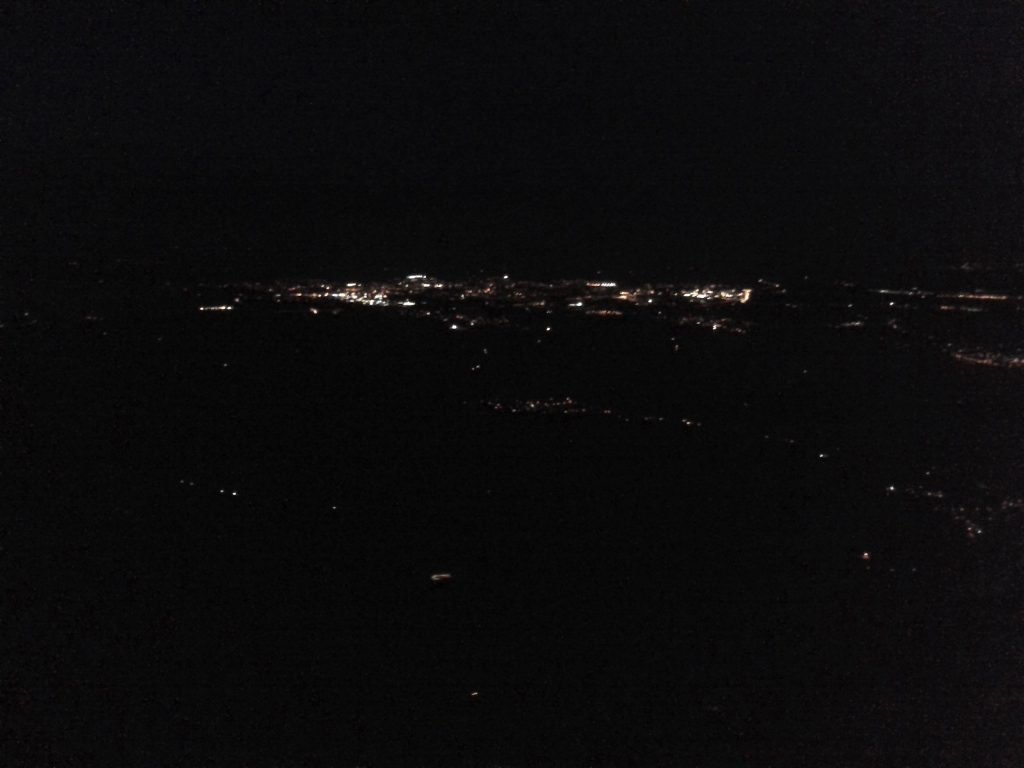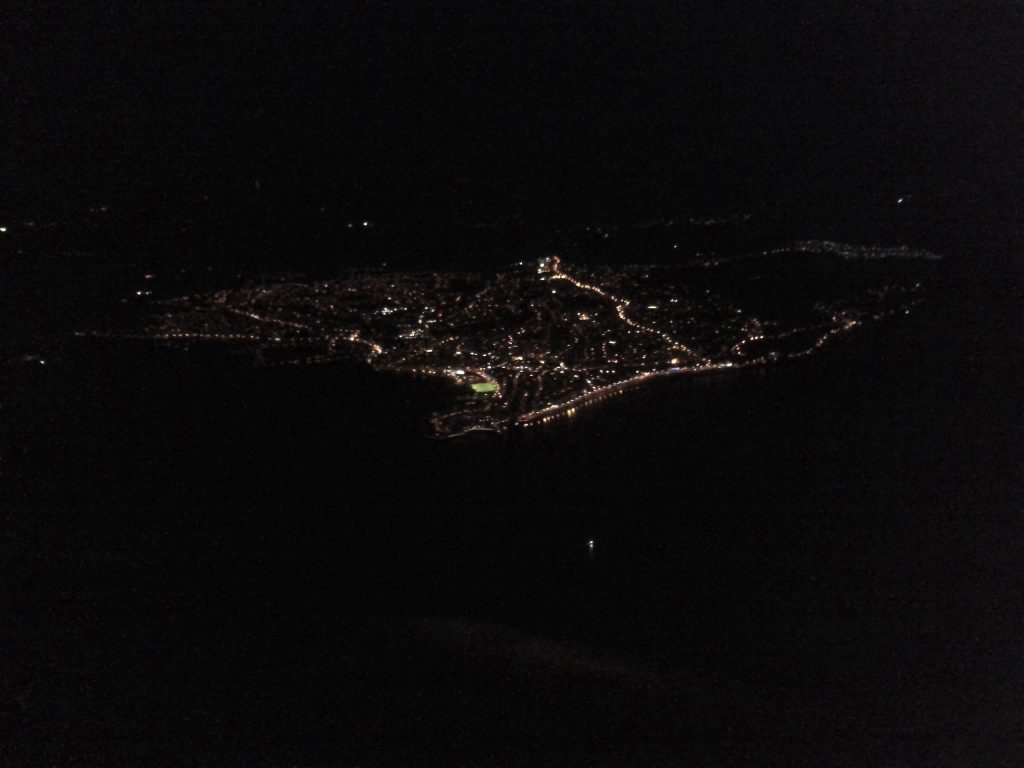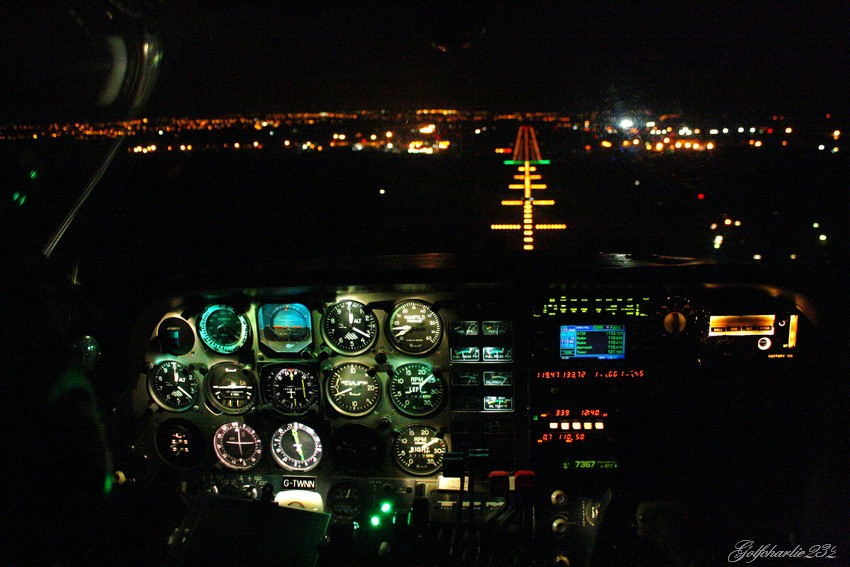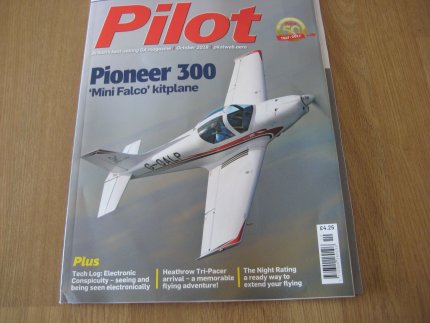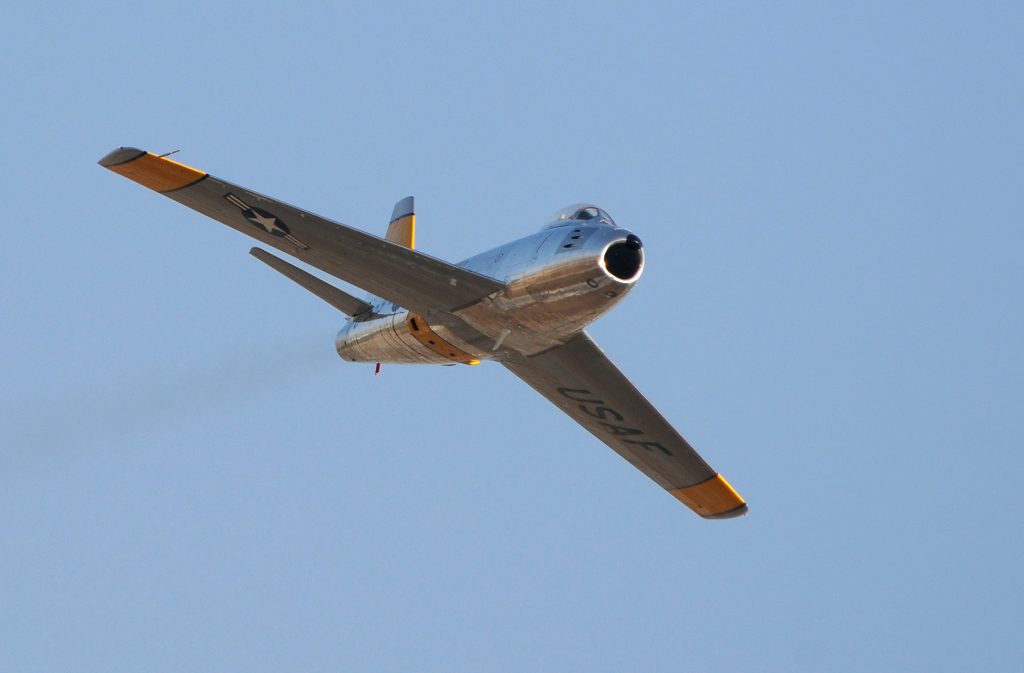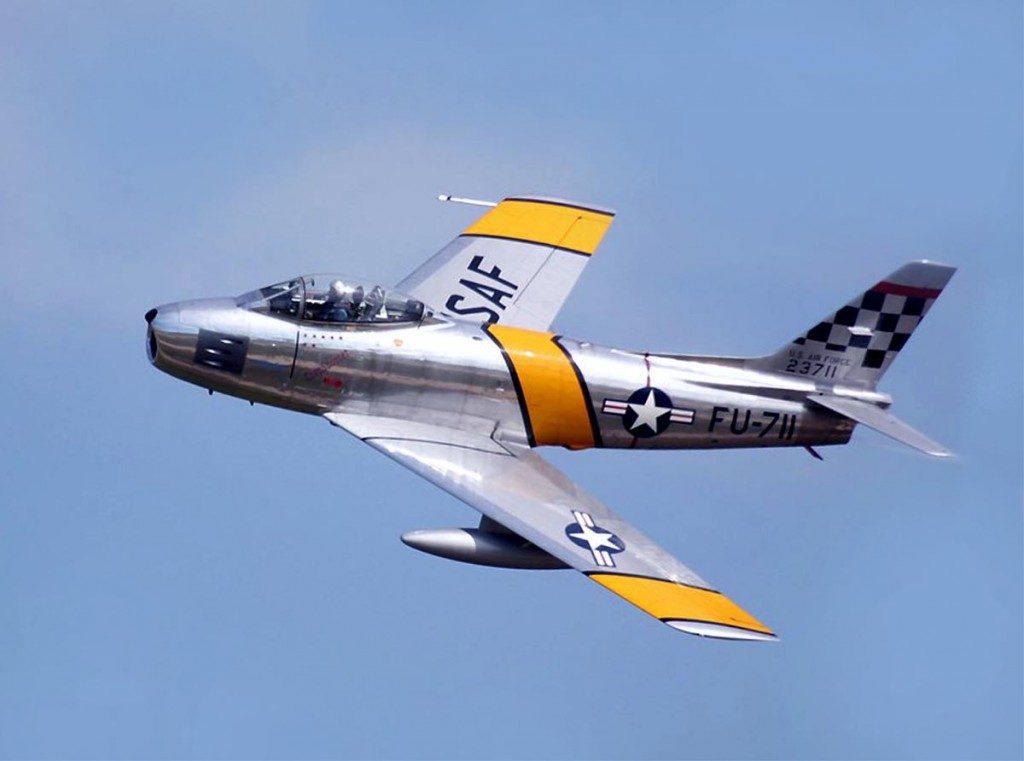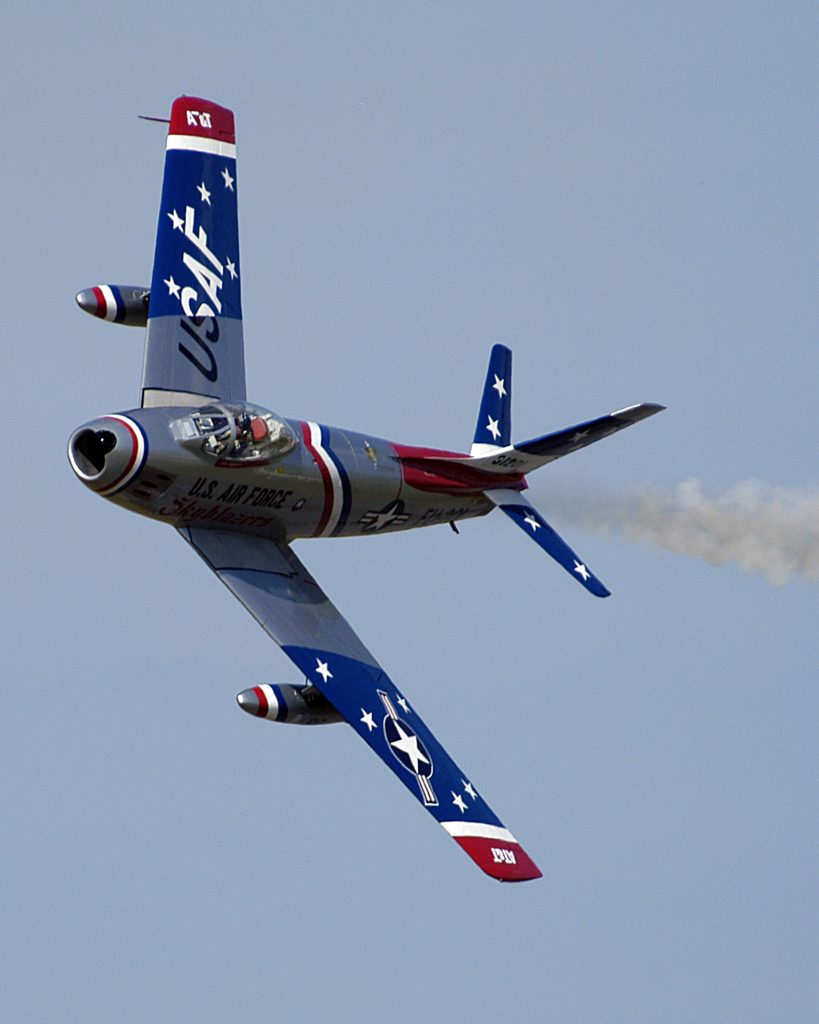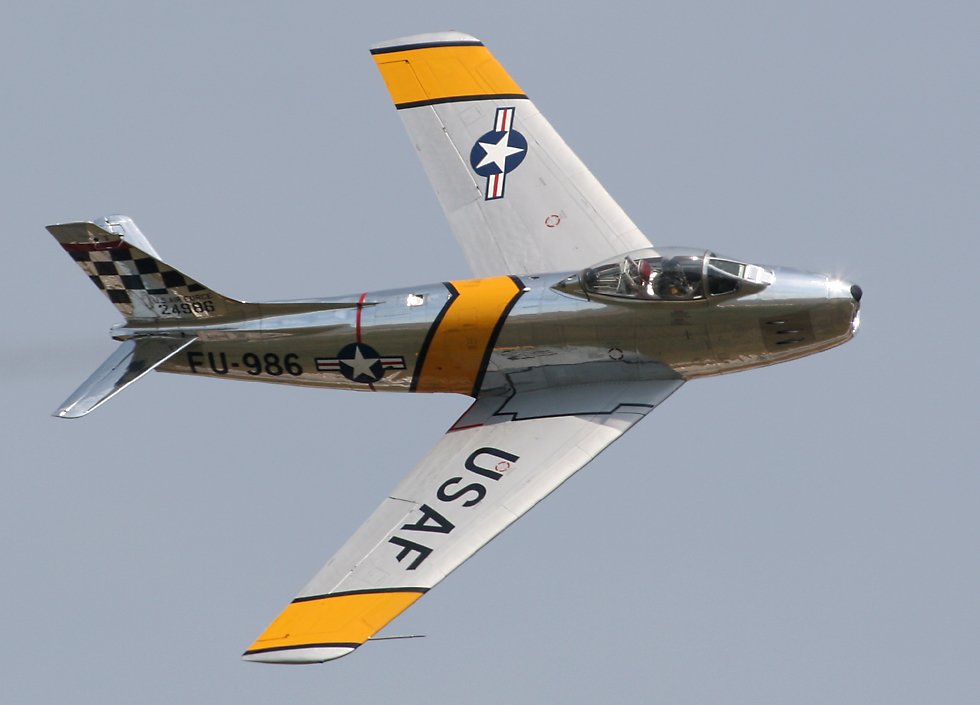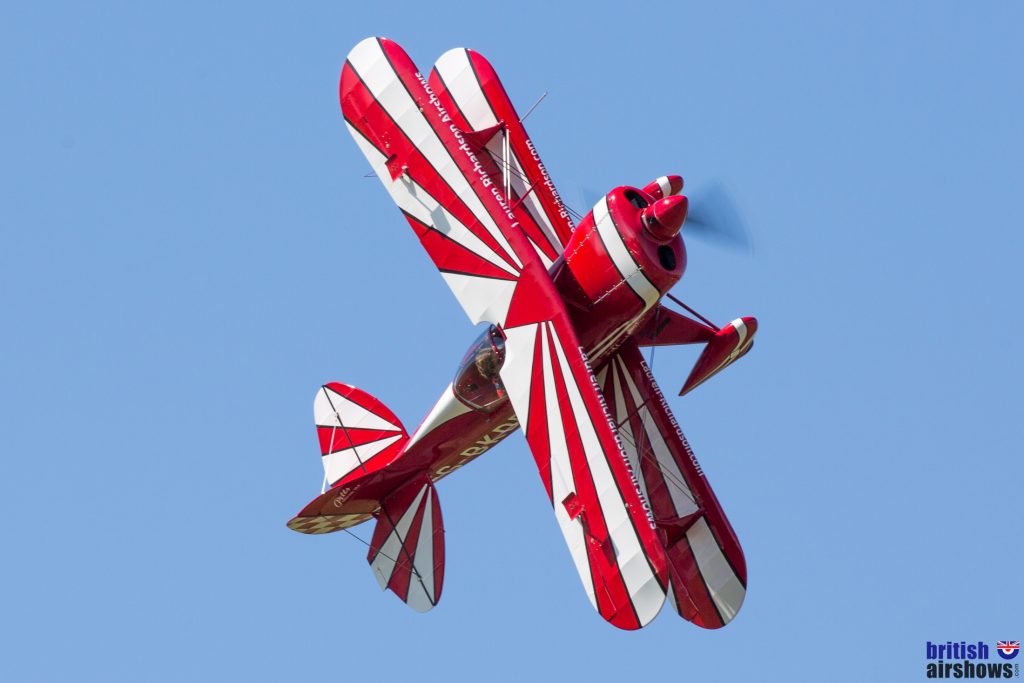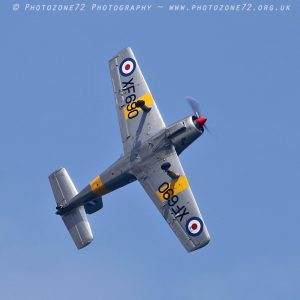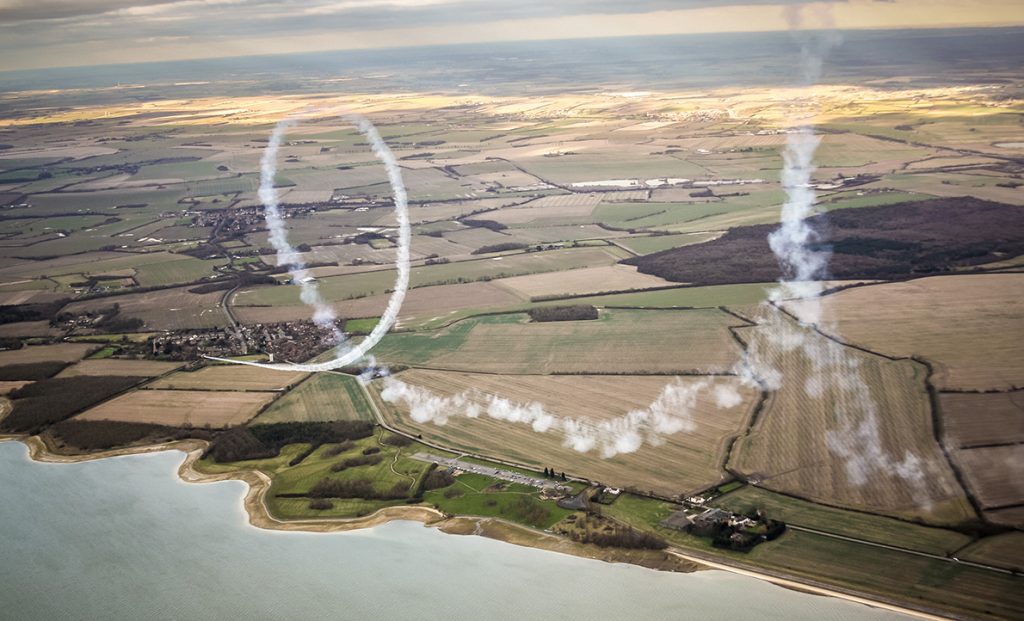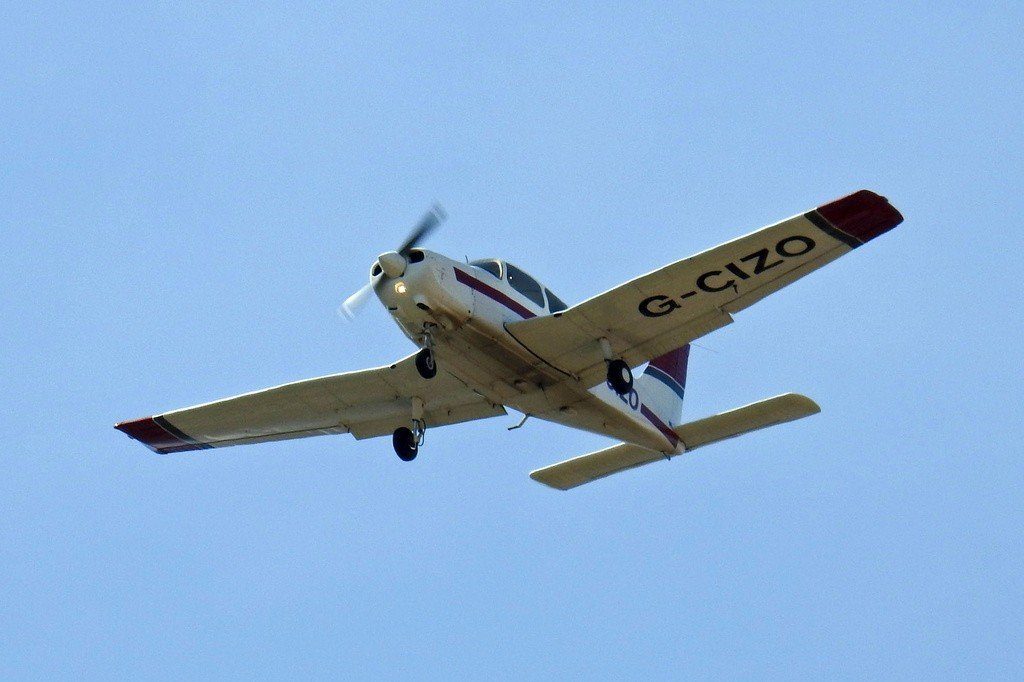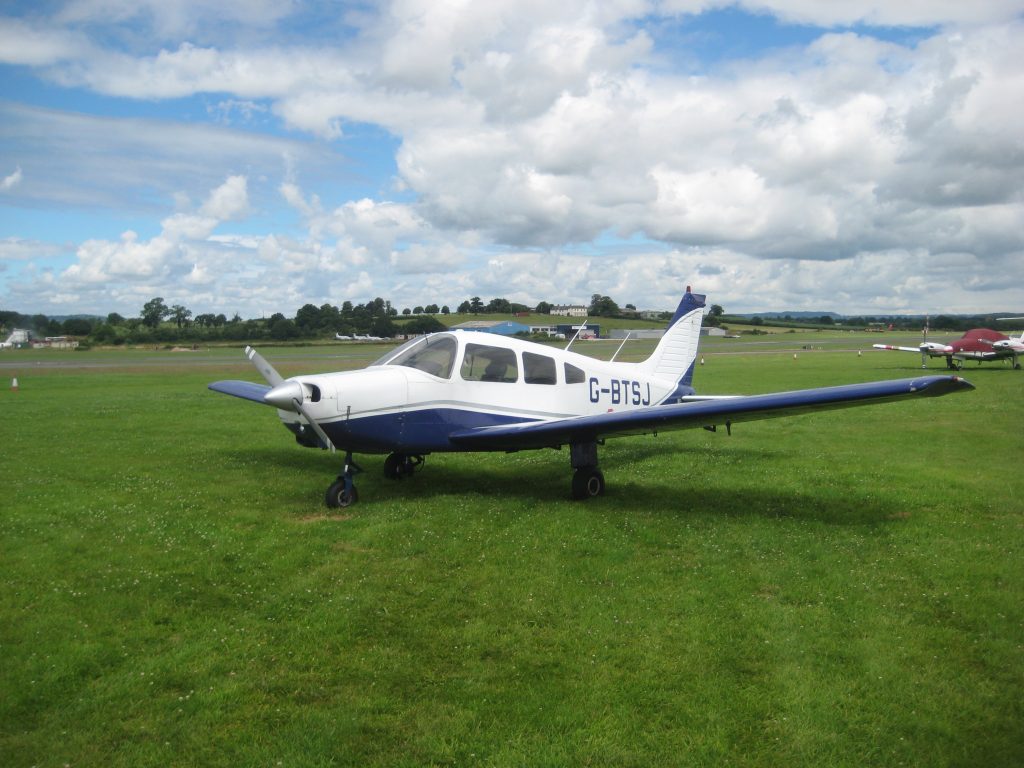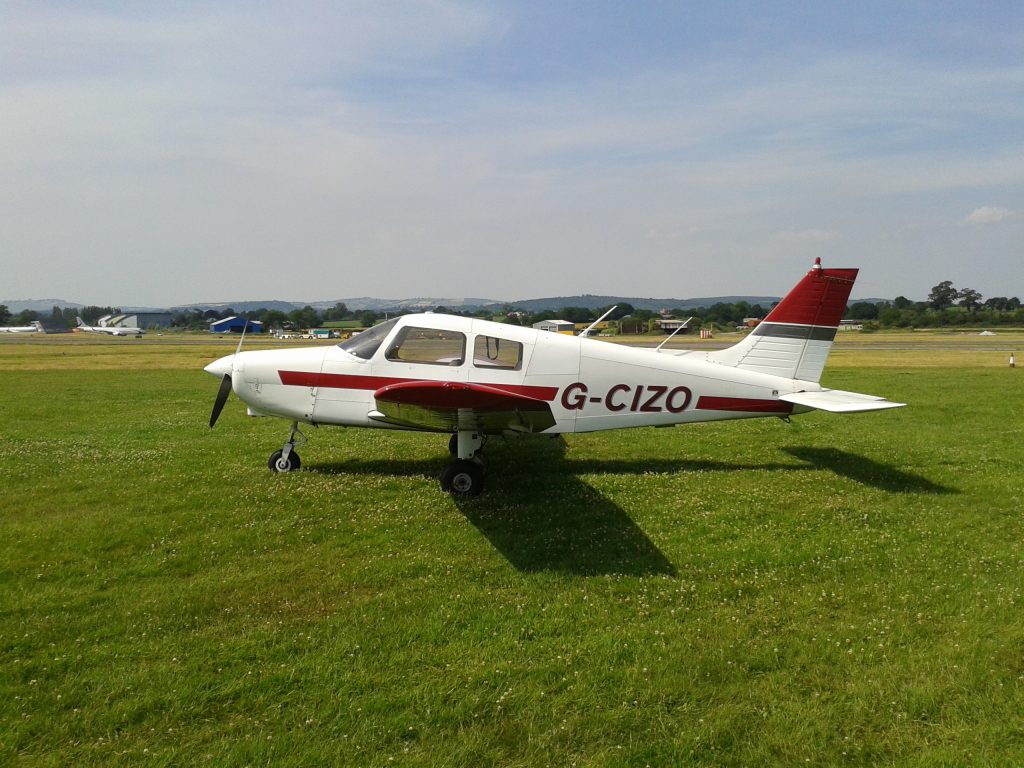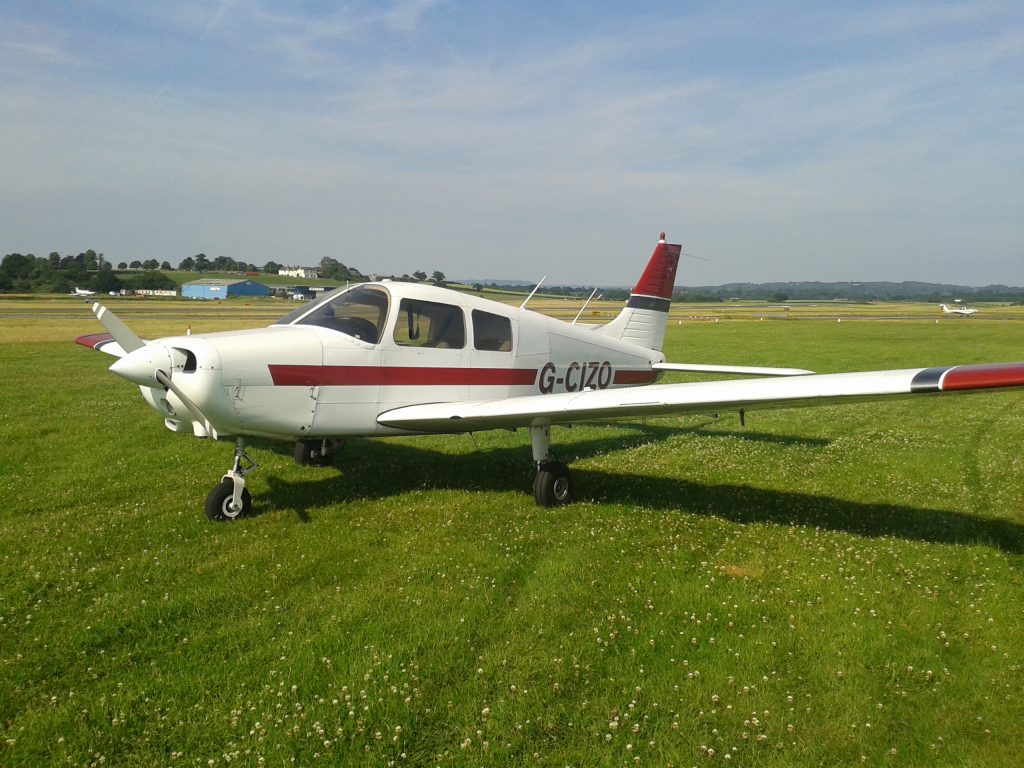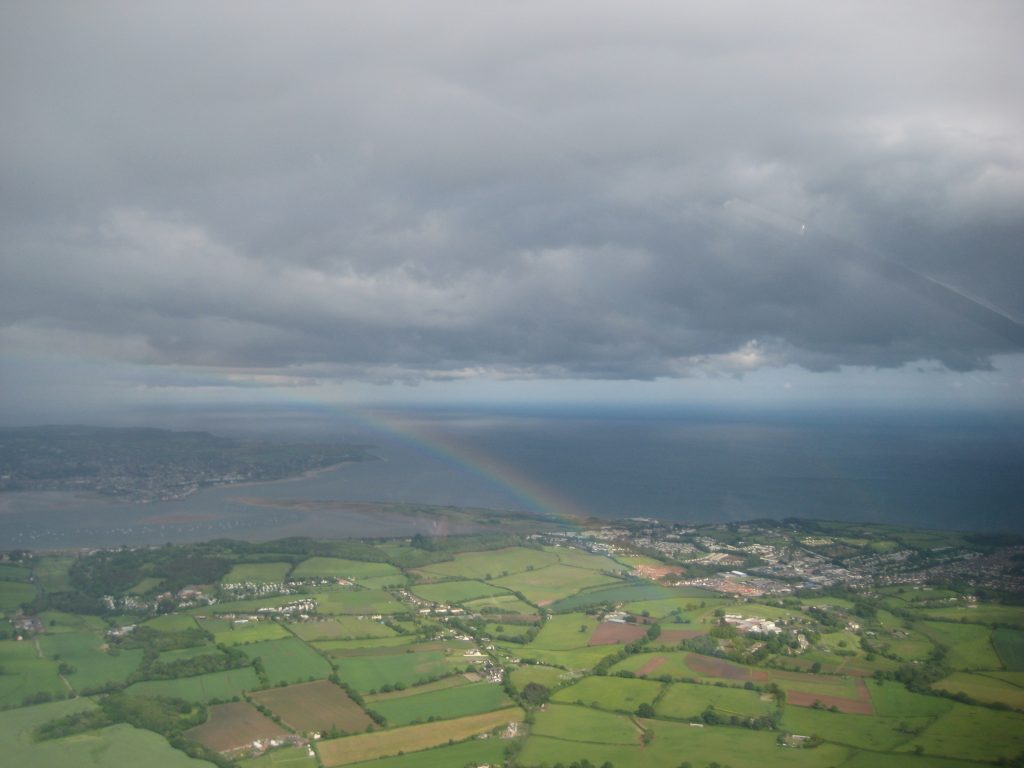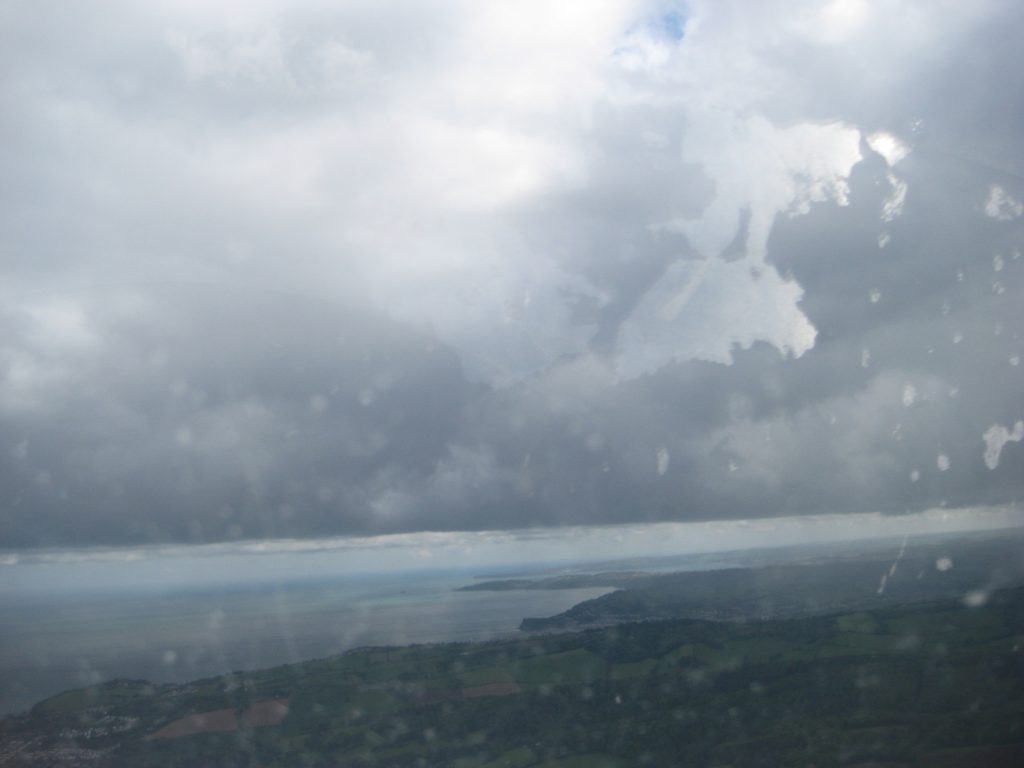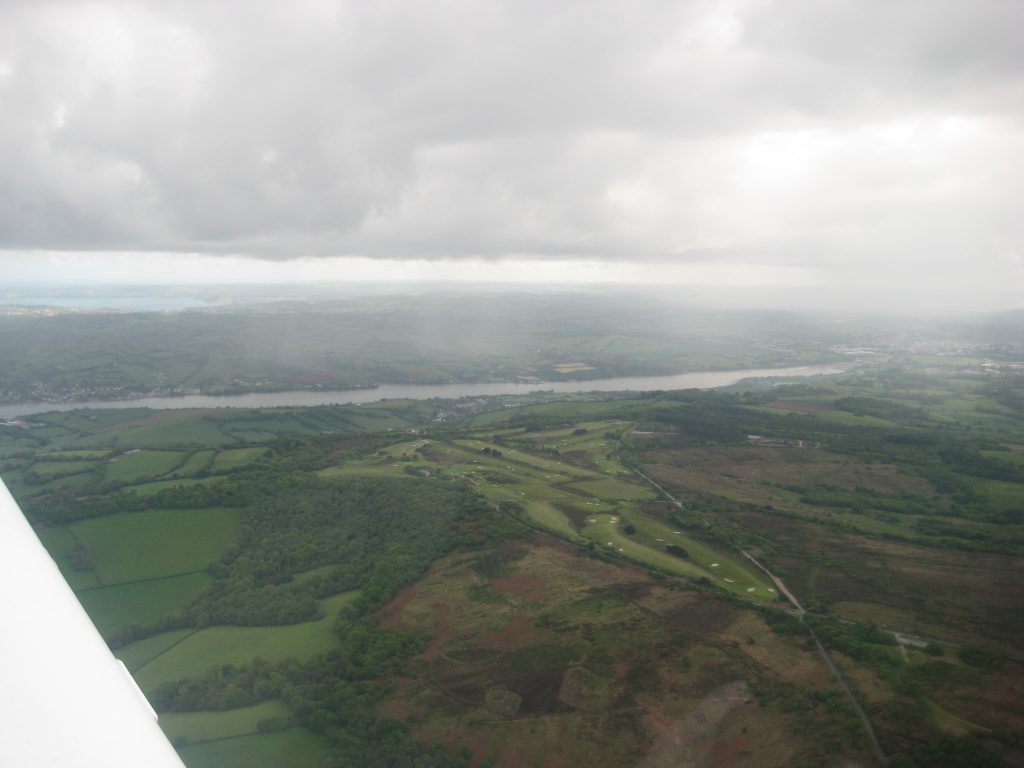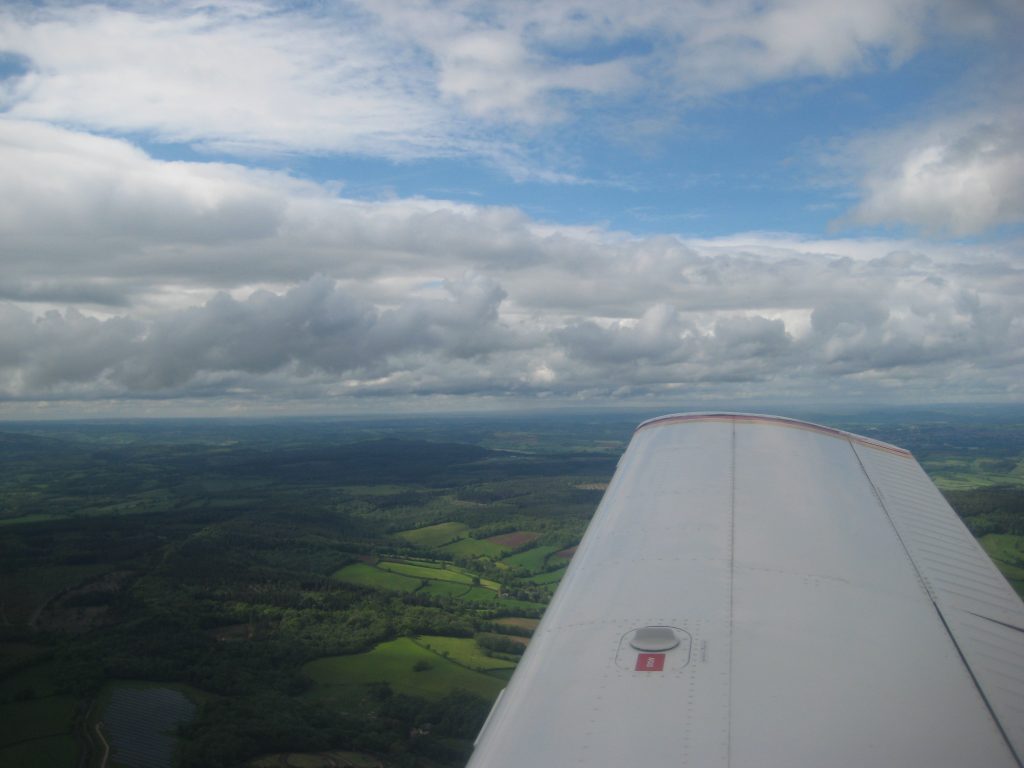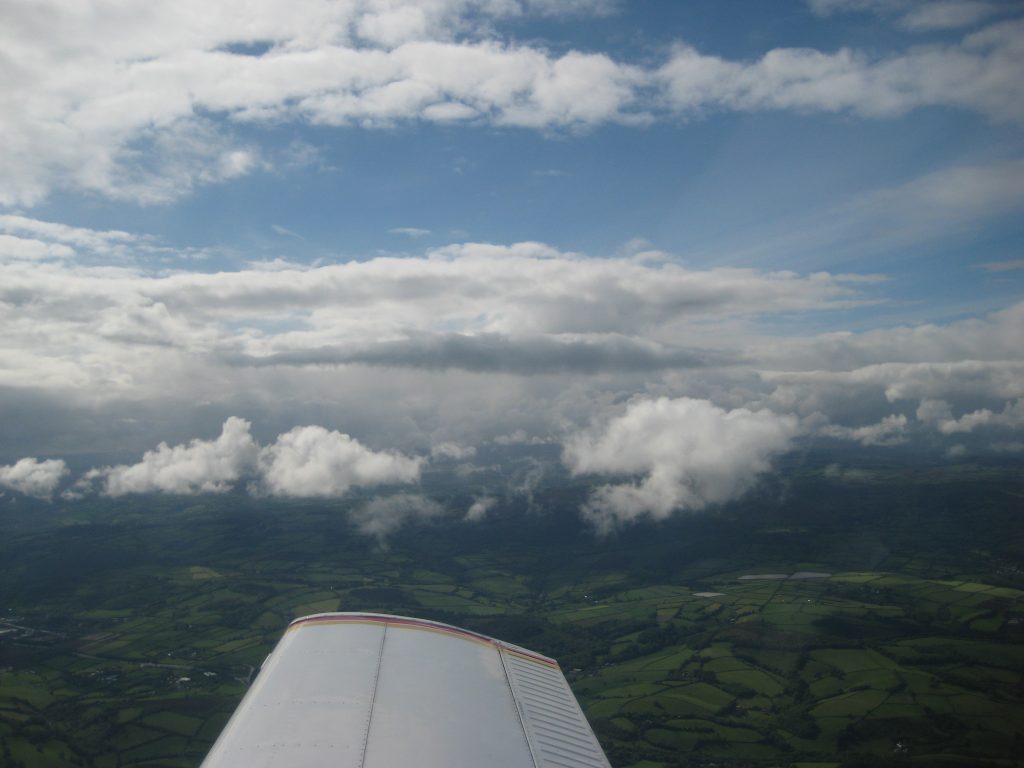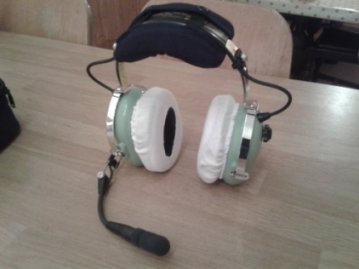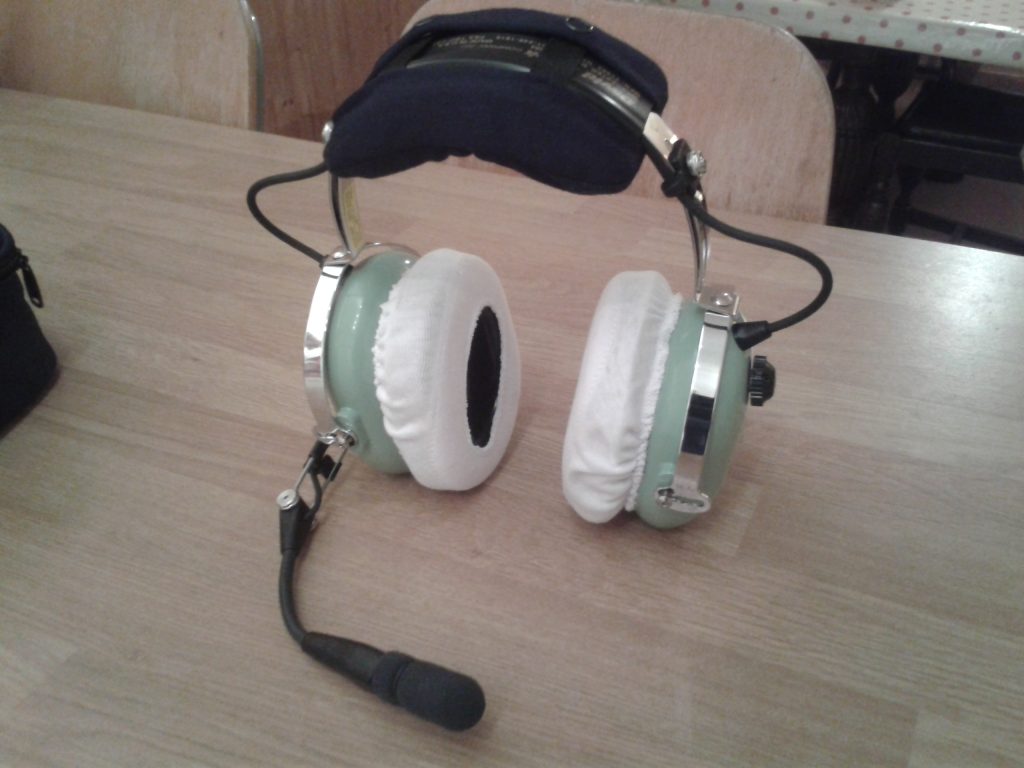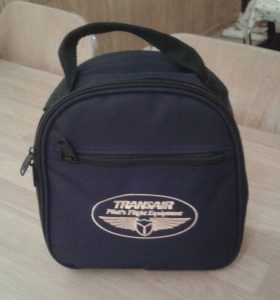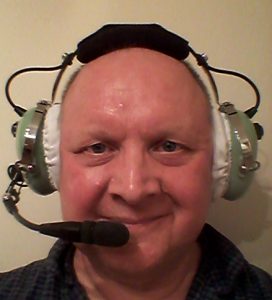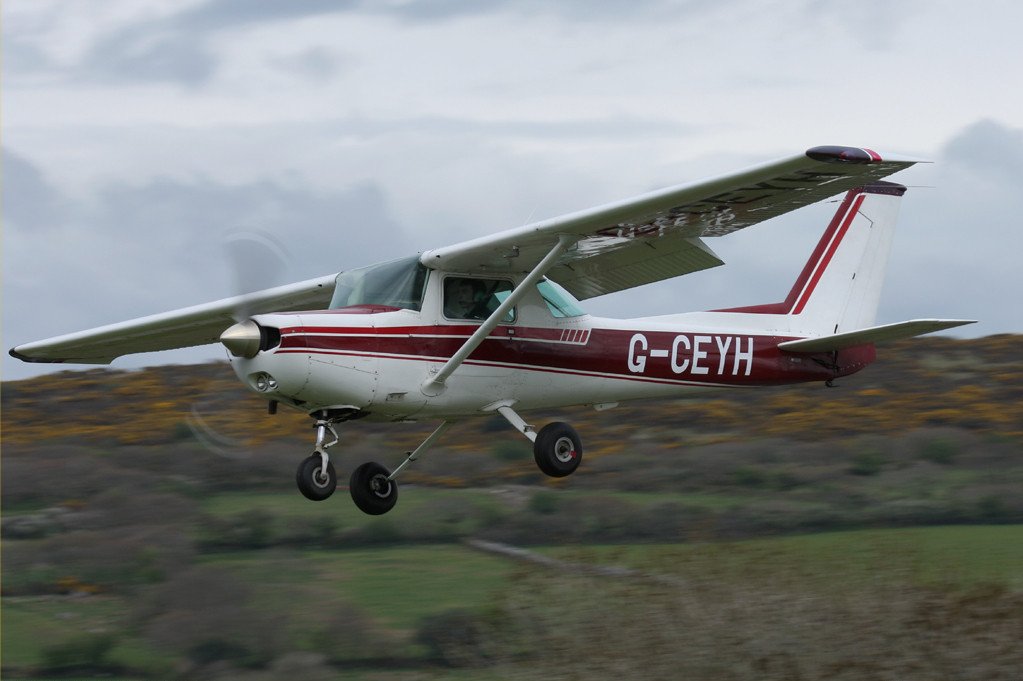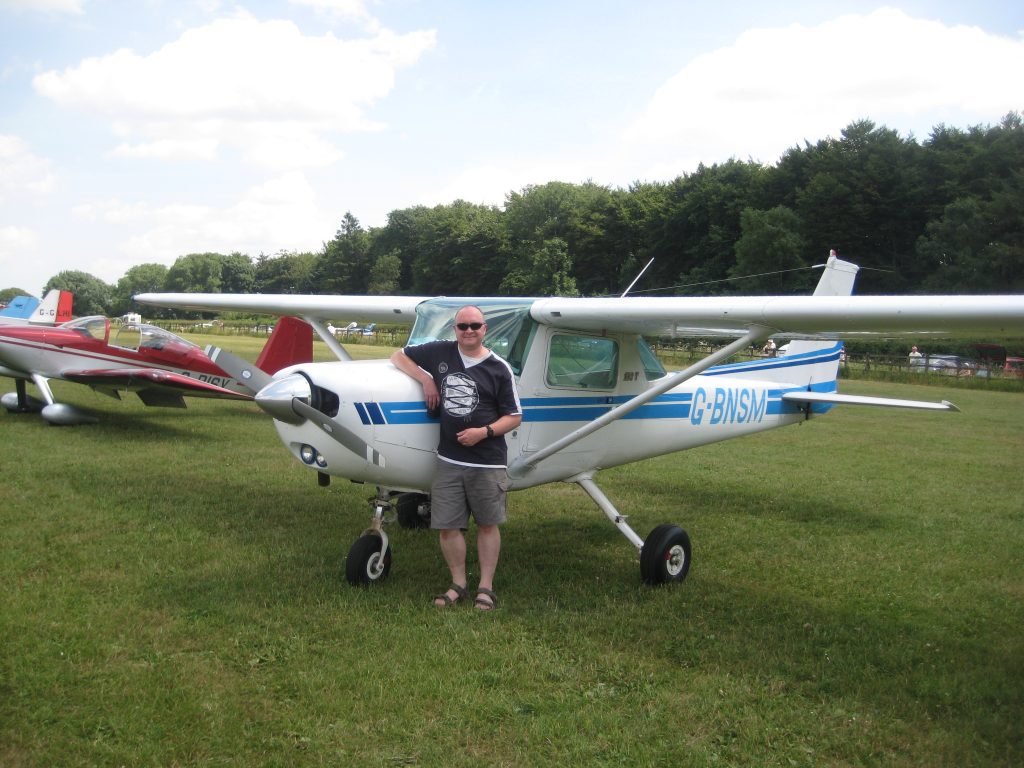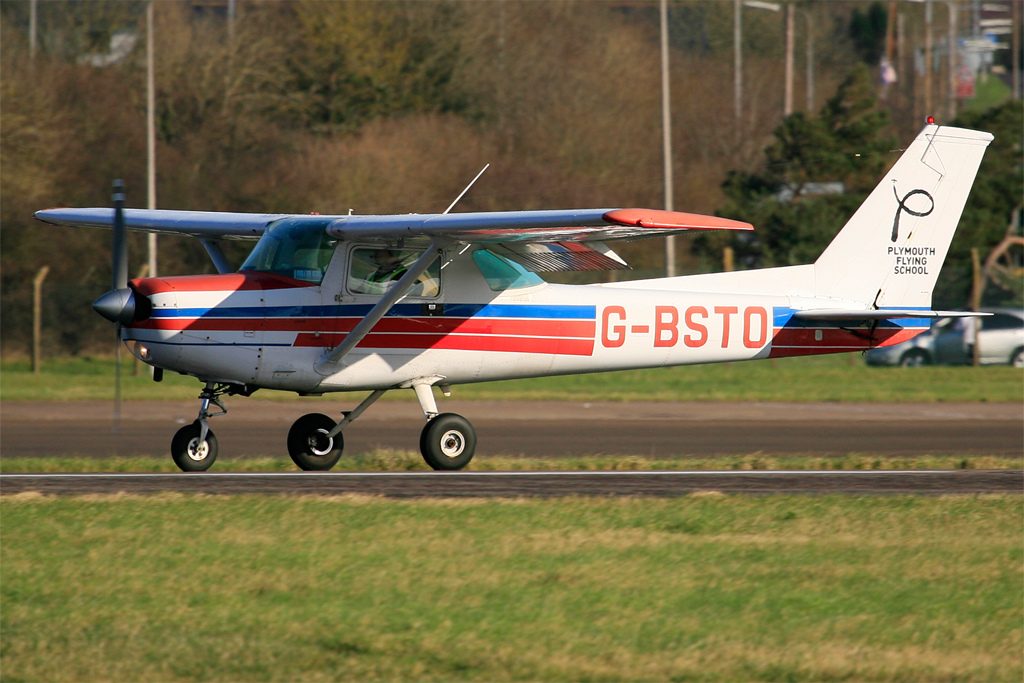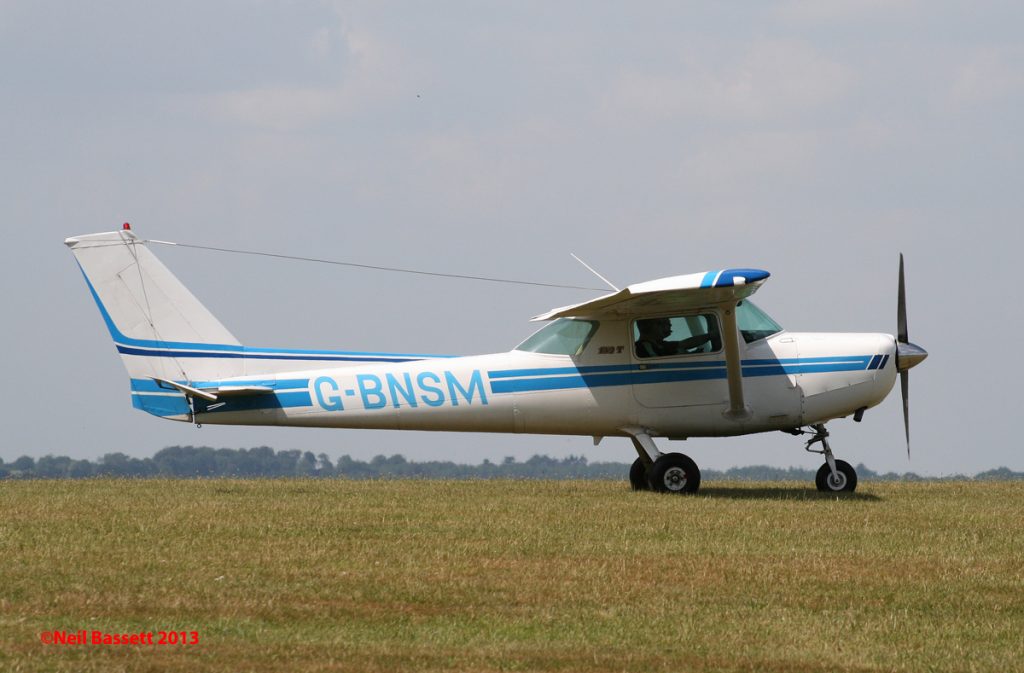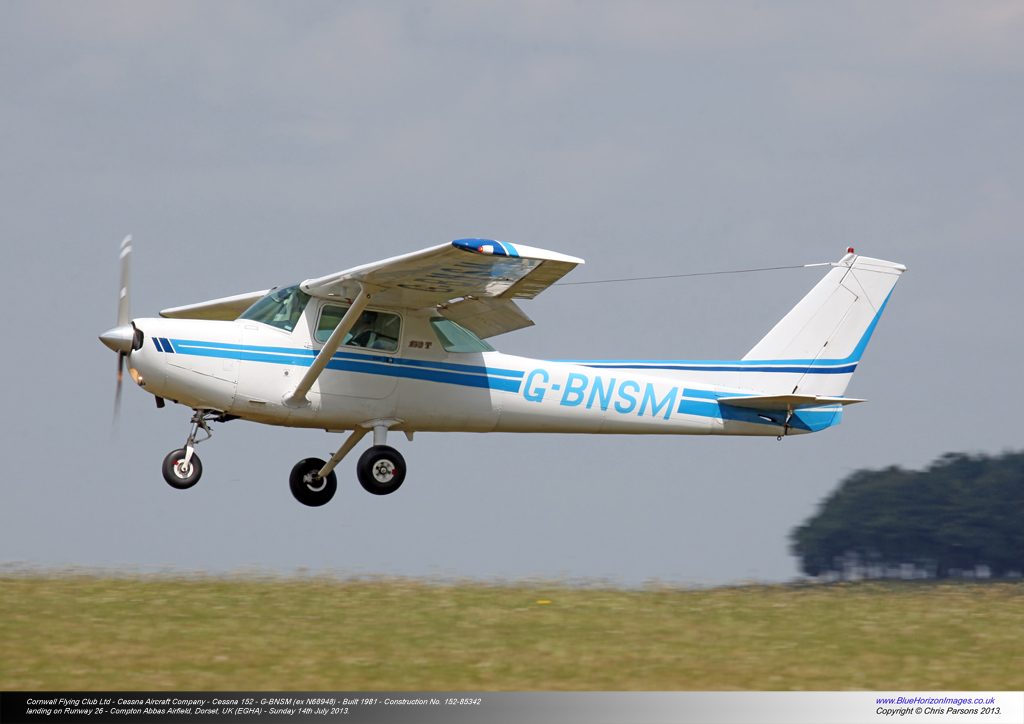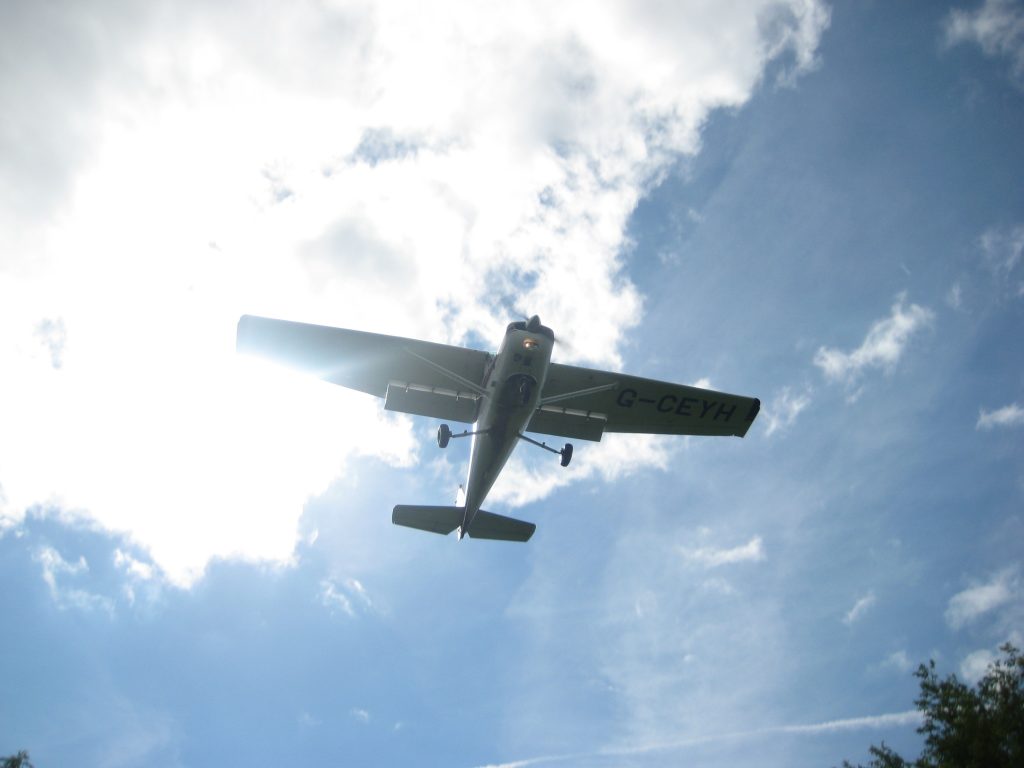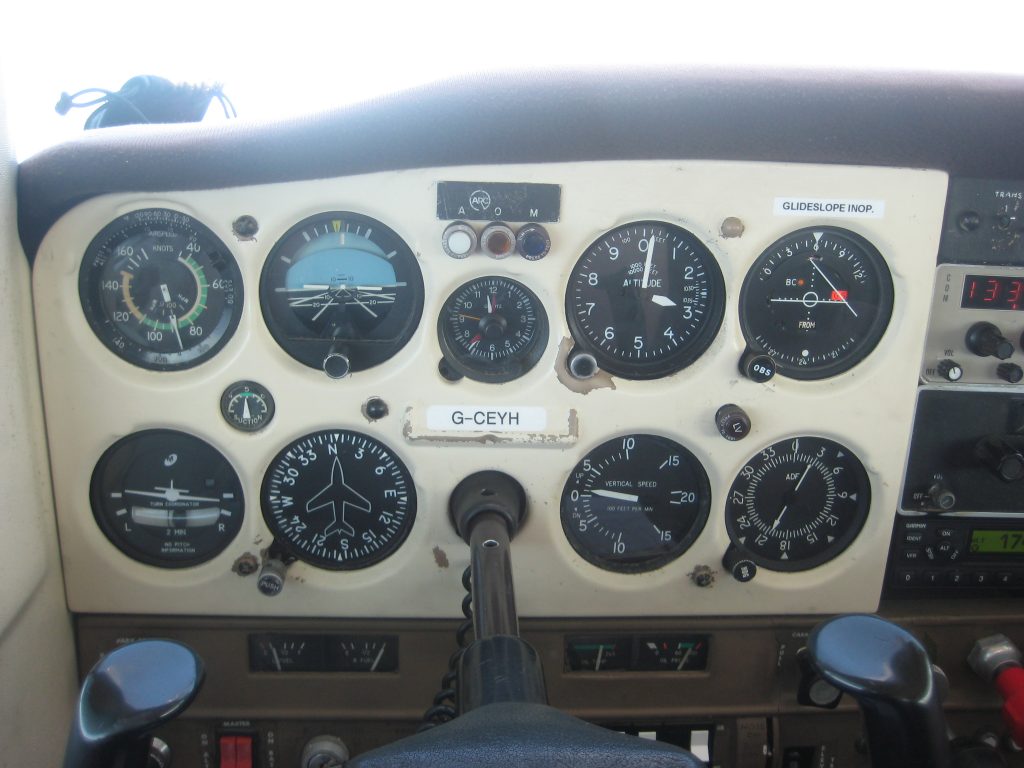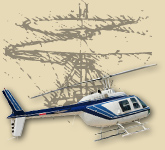My friend Toby pointed me in the direction of this article, from the website UK Defence Journal:
“The Royal Air Force will reportedly be on high alert in the coming weeks in order to track cargo flights from the Arctic region.
“The move has been prompted by an incident around a year ago in which Typhoon aircraft escorted a Lapland registered aircraft (flying from the Arctic region) over the UK’s major cities, the pilot of the craft was said to be under the influence of alcohol and very “festive”, this is especially dangerous due to the sheer volume of cargo the aircraft was carrying. This is expected to happen again.
“An MoD spokesman had this to say:
‘ “Interception is part of what the QRA* force do. We have to identify and confirm who or what is flying through our airspace or approaching our airspace and since the craft appears at the same time each year, we have a fairly good idea who will be flying but we don’t take any chances.” ‘
“The Ministry of Defence used satellites with infra-red sensors to track the aircraft last time this happened, it is understood that the heat from an animals red nose was clearly visible and it was at this point RAF aircraft began escorting the bright red aircraft over every British city, town and village.
“More on this as it develops.”
In case you haven’t got it yet, it’s a joke. I won’t spoil it for you; go and read it again if you didn’t ‘get’ it.
Of course, it’s about Santa Claus. Father Christmas. Yep.
I do think it’s sad that at this time of year, so many religious people moan and protest about Santa and about the emphasis on him, rather than on the ‘Reason for the Season’: Jesus Christ. They trot out ‘Put the Christ back into Christmas’; ‘did you know that ‘Santa’ is an anagram of ‘Satan’ ‘, and other such tired phrases. What happened to the joy of celebrating that God gave us the ‘Gift’ of His Son, to show us how much He loves us? And then there’s the classic religious conundrum: How does a Christian family approach the unavoidable problem of the Santa story? Do we ‘lie’ to our kids and tell them he exists? Will they feel betrayed when they find out the ‘truth’? What about their friends who believe in Santa; do they tell them the ‘truth’ as well? Well, let me tell you our story first.
Y’see, I can really identify with that RAF story I led with, spoof though it is 🙂 Because I must confess that when my eldest son, David, was a toddler, at the beginning of 1991, we jokingly told him that Santa had been shot down over Iraq… 😉 As the story went, he had been clobbered by a heat-seeking surface-to-air missile homing on Rudolf’s nose…
But it wasn’t as bad as it sounds! David already knew it was a joke. You see, our view as a young family in those days with regard to the Santa stuff – and don’t forget I was really ‘religious’ back then – was that we never told our David and his brother Richard (born in 1987 and 1989 respectively) that Santa exists, but we however did tell them that other kids believed in him, so it was our secret that he was not real – and that they were not to tell their friends. In this way, the boys had a secret that they knew they had to keep, so we involved them in the Santa myth in a passive sort of way. The point that it was a secret meant that they kept it to themselves with great joy – the ‘we know something you don’t know’ principle! And so they already knew that Santa had not perished by enemy action; that was how they knew it was a joke – or at least David did. Rich was only 19 months old at that point…
For my daughter Ellie, though, born nine years after Richard, we had matured somewhat, and we decided to ‘let’ her believe in Santa right up to the point where she asked us if Santa was really ‘you two’. She was about ten years old when she rumbled us. And we ‘fessed up, of course. She wasnt fazed by it at all; she had really outgrown it by the time she worked it out. And she never suffered any psychological damage; the Santa myth was useful for her childhood.
How? Well, you see we ‘adults’ look at this question with the black-and-white ‘logic’ of, at least for some of us, ex-Evangelicals. We see it as being either lies or truth. But kids’ minds don’t work that way. Kids routinely enact fantasies that they know full well are untrue, but the fantasy thing is simply a game to them. It’s probably even more than that too; at that age they are developing the ability to think and develop ideas of their own, and fantasies are all part of the way that they test reality. For that reason, amongst others, I would say that a belief in Santa is actually healthy…even if as they grow up, they realise all the incongruencies and inconsistencies – how does Santa manage to deliver toys to over a billion kids in eight hours without waking up all the kids (even the good ones!) with a sonic boom – all this does is to help them differentiate between fantasy and reality; fact and fiction. Comic books and superheroes do the same thing. They know it’s not true, but it doesn’t matter; it’s fun – and that’s the main thing.
But also that knowledge and ability to distinguish fantasy and reality mean that we can still indulge, as adults, in fantasy, even just for a little escapism. I know full well that what Spiderman can do is impossible – but that doesn’t stop me enjoying a Spiderman film *precisely because* I know it’s all made up.
And then, to bring it full circle, I also think that an ease with fantasy actually helps us cope with the ‘fantastic’ – in the sense of it looks like fantasy – truth of our real Superhero, Jesus. He is the One of Whom all these other guys with ‘magical powers’ – Santa, Superman, the Hulk – are but a reflection. An ease with such earthly fantasy therefore makes it easier to grasp the real supernatural world, much of which we can indeed only access by imagination, and not entirely through empirical experience. I have previously written on this idea here, using the Star Wars universe as my model.
Of course, the decision of how to approach the Santa story is entirely up to parents. And, partly because of the reasons I have put forward here, amongst others (especially that it’s none of anyone else’s business), there are as many different outcomes to this as there are families. Each family needs to decide these things on an individual basis, based on their own views, beliefs, philosophies, personalities, relationships and needs, and without recourse to others’ opinions. Especially where those opinions involve guilt-tripping and condemnation. While, for some reason, this is the sort of subject on which feelings can run pretty high, yet people also need to respect each other’s stances on these often sensitive decisions.
For a most interesting piece on this subject, I’d also like to recommend a post by my friend Tim, author of the blog ‘Jesus Without Baggage‘, which served as a primary inspiration for this present piece, along with the discussion afterwards, in which I took part. You will no doubt recognise most of my ideas in this piece in that discussion.
Click the graphic below to go to the article, where Tim talks about five different ways that people approach the Santa story:
And while on that subject, here’s a tip for any fellow bloggers reading this: I have had some of the best inspirations, for my blog articles, from discussions resulting from others’ blog posts. This is mainly because it gets you to think about things that you might not normally think about, you form new opinions, and you see things from different angles, including the viewpoints of others. This is a great way to build wisdom and maturity! Try it!
Finally, back to old Rudolf:

I think that’s brilliant. Of course, there was an explanation for it. It’s just a bunch of guys setting up a Christmas display in a shopping mall in Hull, Yorkshire, UK. Here’s what it looked like when it was finished:

So you see he didn’t really kill them. It was all just a fantasy 😉
*QRA stands for ‘Quick Reaction Alert’; an originally Cold War term referring to interceptor fighters ready to scramble (launch) against an incoming threat – like a Soviet bomber or reconnaisance aircraft. There are pictures of QRA fighters intercepting Russian ‘Bear’ reconnaisance bombers on this page.



